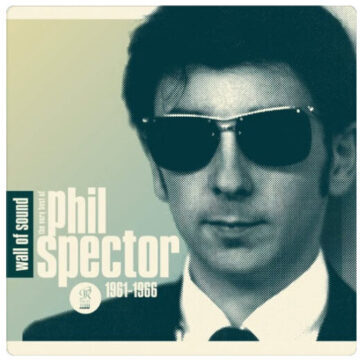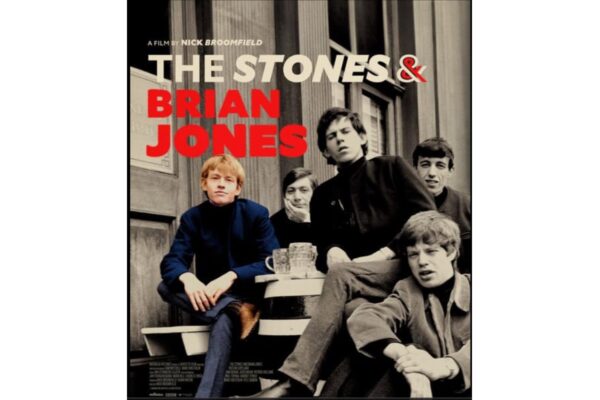
Phil Ochs was perhaps the most passionate folksinger of the 1960s, blazing a path of social commitment via his poignant, satiric and insightful songs.
Phil Ochs was perhaps the most passionate folksinger of the 1960s, blazing a path of social commitment via his poignant, satiric and insightful songs. His life and work are now celebrated in the documentary There But For Fortune, a project many years in the making. We were privileged to attend a showing at the Pacific Cinematheque in Vancouver, BC some years back and remain overwhelmed with Phil’s talent and the determination of the film-makers to resurrect the mostly-forgotten glory of his achievements.
Phil dropped out of university when he got caught up in the folk movement of the early 1960s; the racial issues in the South had exploded with the advent of the protest movement and the increasingly prominent role of singers such as Pete Seeger, Bob Dylan, Tim Hardin, David Blue and Peter Paul and Mary. Ochs soon turned to writing topical songs and with such works as “I Ain’t Marchin’ Anymore” and “There But For Fortune” he was quickly heralded as a rival to Bob Dylan. Bob, for his part, viewed Phil as “a journalist” and to his discredit refused to participate in any way in the making of this film.
There was indeed a certain rivalry and jealousy between them. Phil had a better voice than Dylan and with his classical clarinet and piano training was infinitely more of a musician, but Dylan had a talent for self-promotion that eclipsed Phil’s considerable prowess as perhaps the most outstanding folksinger of his generation. Not to underestimate Dylan, whose songs have lived for decades and whose reputation has yet to reach its peak in our view, but Phil was the passionate, dedicated one and a man of the utmost integrity. Whereas Bob, well, there is never going to be anyone who can say with authority who he is and what he stands for: Dylan is the ultimate chameleon and Trickster. As for Phil, he idolized Dylan and sought his approval.
Some of Ochs’ major influences were Woody Guthrie, Pete Seeger, Buddy Holly, Elvis Presley, Bob Gibson, Faron Young, Merle Haggard, John Wayne, and John F. Kennedy. His best-known songs include “I Ain’t Marching Anymore”, “Changes”, “Crucifixion”, “Draft Dodger Rag”, “Love Me I’m a Liberal”, “Outside of a Small Circle of Friends”, “Power and the Glory”, “There but for Fortune”, and “The War Is Over”. Phil was an unusual political animal; he skewered both left and right and thought that one of the great dangers to America was phoney liberalism. His passion for social justice was often overwhelming to his friends, many of whom felt he went too far. And, it must be said, Phil was ambitious, perhaps too much so; he wanted to be the best writer, the best singer, the most famous, and this didn’t sit well with many who thought he should conceal his ambition. The man did nothing in half-measures.
In 1967 two seminal events occurred in the life of Phil Ochs: Dylan released his back-to-the-basics John Wesley Harding and Phil delivered an ornate, baroque masterwork entitled Pleasures Of The Harbor. Influenced by rock’n’roll, jazz, soundtrack music, classical composition, and even the electronic avant-garde, Phil constructed elaborate, sometimes orchestral settings intended to complement the progressively complex poetry of his lyrics.
Yet even amidst this classical ambition was “Outside Of A Small Circle Of Friends”, a song inspired by the public murder of Kitty Genovese in Queens, an event observed by many bystanders who failed to intervene. The song is both moving and caustic, a call to action and public responsibility. While his Harbor album was a failure and was widely panned by the critics, this song ironically became his most widely known.
The record-buying public embraced Dylan’s highly mannered simplicity and turned its back on Phil. Subsequent releases fared just as poorly and by the mid 70s Phil had fallen into despair, depression and worse. During a tour of Africa he was attacked and beaten; his throat was badly damaged and he lost the upper range of his voice.
With his career in tatters, Phil took his own life by hanging in 1976, a broken and mostly forgotten figure in the world of music. He was 35 years old, a victim of manic depression, alcoholism and schizophrenia. Despite the best efforts of friends and family to save him, he had lost the will to live.
“There But For Fortune”, directed by Kenneth Bowser, is far more than a documentary of the life of Phil Ochs; it’s also a brilliant and moving testament to social change in America, and the role that music played in people’s lives at that time. It’s hard to fathom, almost sixty years later, that music was at the forefront of that change, and that musicians believed so passionately that their songs could and did make a difference. The songs of Phil Ochs did indeed make a difference.



